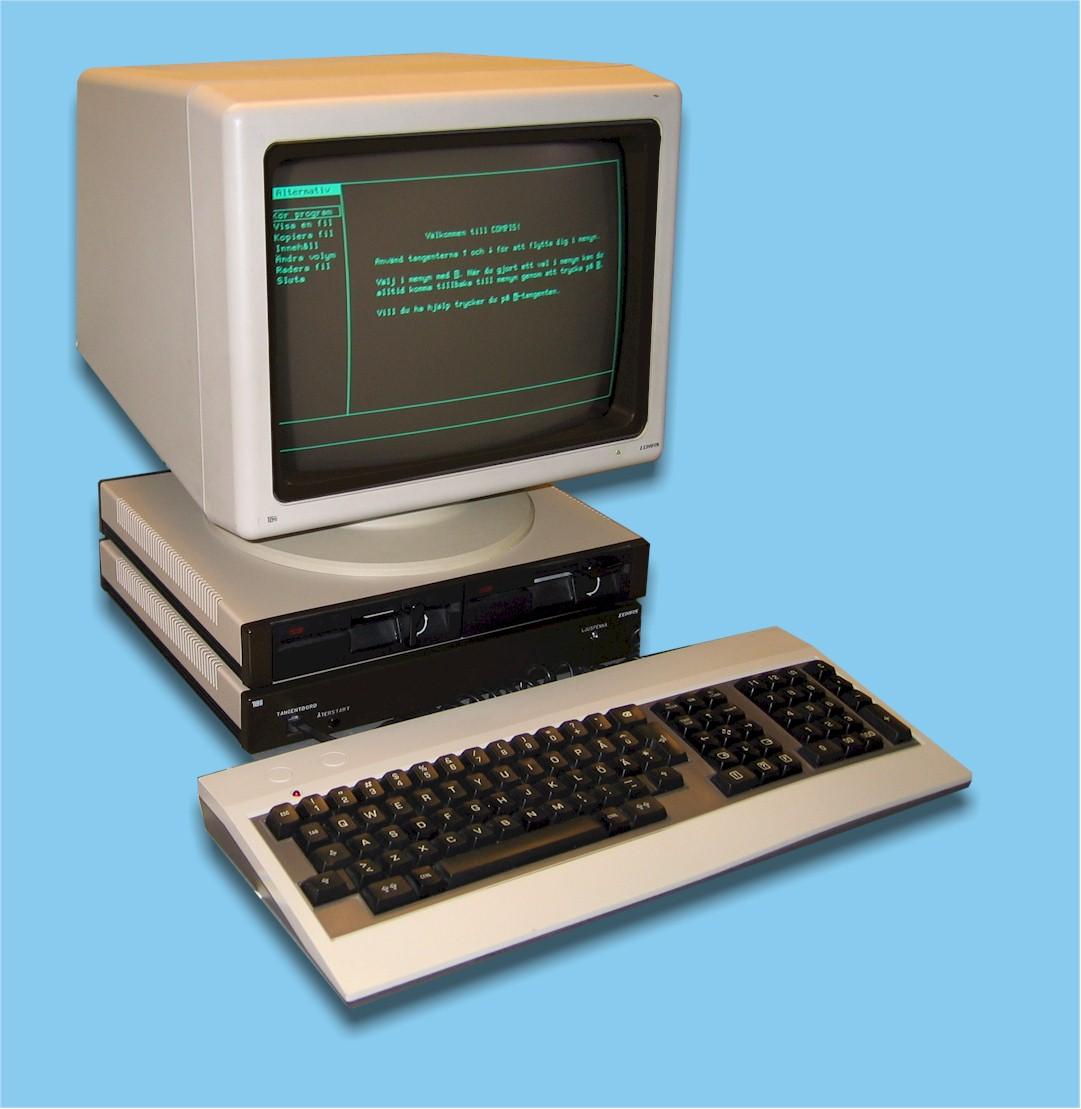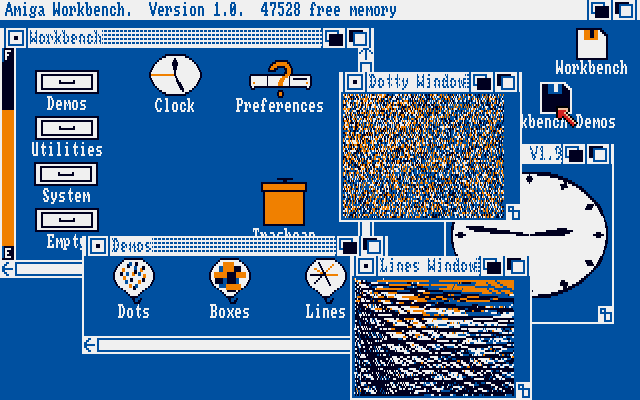Uppdaterat 090330: Här har vi en lysande intervju om deras arbetsmarknadspolitik. Tack David!
Idag på P1 Kaliber kunde man höra om Sverigedemokraternas dubbla ansikte. Utåt påstår man sig att ha nolltolerans mot rasism men hur är det egentligen internt? Sverigedemokraterna har funnits i ca 20 år och under hela sin tid vuxit stadigt. Nu börjar de närma sig en nivå som gör att de kan komma att bli aktuella i riksdagsval. Lyssna själv på Kalibers podradiosida [RSS Kaliber].

Redan idag har de haft inflytande i vissa kommuner där de framgångsrikt fått mandat i fullmäktige i ungefär hälften av sveriges kommuner och nu när partiet nått rekordnivå i år är det deras tur att bli granskade på samma sätt som andra partier. Kaliber har haft reportrar som gått undercover med mikrofon och spelat in hur det egentligen låter på deras interna möten.
Utåt sett råder det nolltolerans mot rasism och senare ledare i sd har jobbat hårt med att få bort de radikala elementen som t.ex. sugits upp av nationaldemokraterna. Svenskfientlighet har blivit ett begrepp inom partiet som handlar om våld och olika upplevda hot mot svenskfödda invånare i landet. Det handlar framför allt om invandrare eller folk med invandrarbakgrund som slår ner och rånar etniska svenskar.
Sällan har alliansen och vänsterblocket varit så överens som idag. Fronten mot sd är mycket enad i kommunfullmäktigen landet över.
Ett antal citat kan tala för sig själva. Tidstämpeln är från podcasten som ligger på SR:s hemsida. Alla tidstämplar är i minuter och sekunder, MM:SS.
10:05 – ”Det är inte rätt att pensionärer som har arbetat hela sitt liv för att trygga vår välfärd skall få gå och leta i soptunnorna och ligga och vänta förgäves på hemhjälp som aldrig kommer, samtidigt som etablerade politiker fortstätter å tycka att vi skall öppna våra gränser för hur mycke människor som helst som inte passar in här och som över huvud taget inte har här att göra alls!”
11:14 – ”Vi måste tvinga dem att återvända när de kan återvända vi kan inte som riksdagspartierna tro att frivilligt återvändande är en mänsklig rättighet.” (Från 1986)
25:52 – ”Orättvisor ekonomiskt […] men dom som kommer från de här länderna är ju väldigt råa och barbarer [de andra skrattar] de har det ju i ryggraden alltså.”
16:17 – ”Dom är inte solidariska med oss, de vill inte betala skatt dom är här för att bedriva svarta verksamheter.”
18:20 – ”Titta på de här somalierna här dom lär sina barn dom har redan tio ungar och alla de här tio ungarna de ska ha tio-tolv ungar de också fy faaan [skrattsalvor] alltså. Han försökte, pojken hemma, försökte komma in med en sån här som går på skolan hur hade inte vi prata om detta här, det var på en rast, de här de de ä gränsen här förstår ni, under inga omständigheter betrampas innanför av såna här va tycker dä asså hade jävlar inte ja varit hemma då hade han gått in va, då hadde vette fan fått rense ut hela gölve. […] Dom lever ju för faan på de här bidragen”
20:02 – ”Invandringsfrågan är fortfarande den viktigaste för oss eller för våra väljare. Däremot har vi utvecklat oss i den meningen gemon att vi en gång för alla ha gjort upp med den här konflikten mellan vårt sätt att se på svenskhet och svensk kultur och nationalism jämfört med de mer etniskt orienterade nationalister väljer att se på svenskheten, den uppgörelsen har vi haft. Det viktigaste för mig det är att man företräder någon form av öppen svenskhet, dvs det skall vara möjligt för människor även om man kommer från en ett annat land och en annan kultur ursprungligen, att bli svensk om man har den ambitionen.”
25:40 – ”Det var en som frågade mig om jag hade förutfattade meningar, ja massor sade jag, åsså skulle jag förklara det där å då sade jag det så här att det här med burka det kan man ju förstå sa ja att när gubbarna får slå kärringarna så de får blåtirer å fläskläppar då är det klart att de måste få ha en burk på sig.”
26:05 – ”Nä man undrar varför äter de inte gris och sådär då var det nån som trodde att de hade haft dem som älskarinner å då kan man ju inte äta upp dem sen för fan.”
27:55 – ”Våld kommer bland de här grupperna blir en etnisk sak. Det är inte ras det är frågan om men det är frågan om kultur.”
28:06 – ”Vet ni vad en kamphund man kan aldrig ta med sig i sängen som en pudel, vet du, det går aldrig, det går inte att göra om, det ligger i blodet. […] Visste ni att en immigrant eller en invandrare, som kommer till Sverige ifrån ett såna länder som Afghanistan å Afrika, kommer ibland ut med två tusen alla möjliga sorter av parasiter i sin kropp, kan ni tänka er? Våra hundar har inte så många, våra hundar sitter i karantän men de här går ju direkt fram.”
Ja det kanske räcker så, programserien fortsätter i P1 med fler program – följ gärna kaliber på söndagar kl 13:00.










